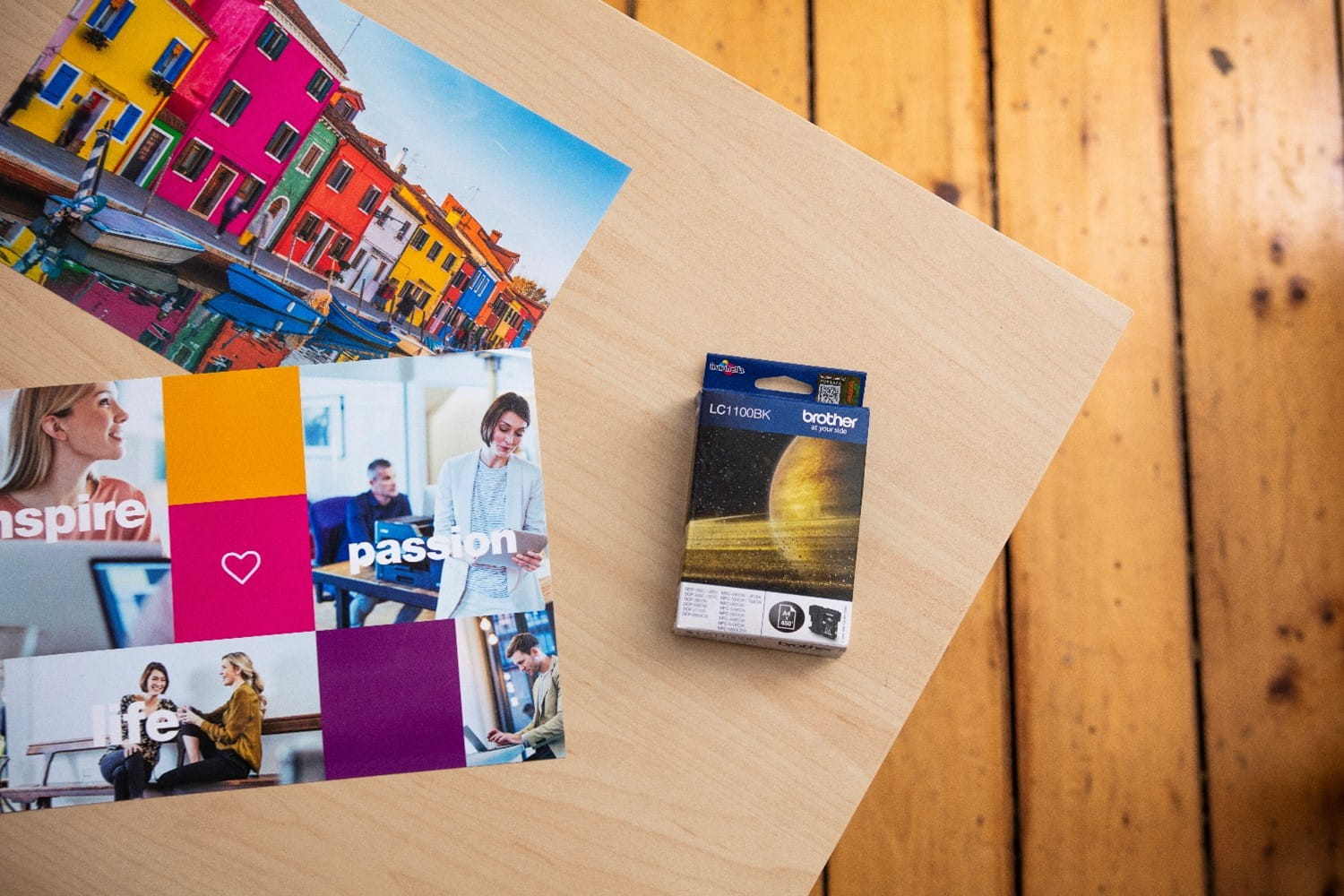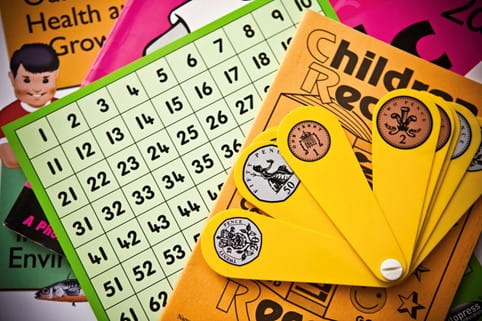
As the new school year is fast approaching, let us understand the concept of collaborative learning and its power to motivate and engage children into learning.
Collaborative learning, whether in face-to-face or virtual set-up, has been considered as a powerful tool to engage and motivate children into the process of learning. Traditional methods of education, where educators or sometimes parents simply deliver information to kids, have shifted to learning approaches where children actively participate, interact, and learn from each other.
Key Principles of Collaborative Learning
The key principles of collaborative learning involve active participation, communication skill, peer learning and critical thinking. One of the proven ways to boost children’s motivation to learn is by keeping them actively engaged and allowing them to contribute to the process. By actively participating, children learn to articulate their thoughts, listen and learn from peers, and constructively express their disagreements, thereby enhancing their communication skills. Working together and taking part on discussions also help them to think critically, analyze various information, and synthesize ideas, which are crucial for lifelong learning.
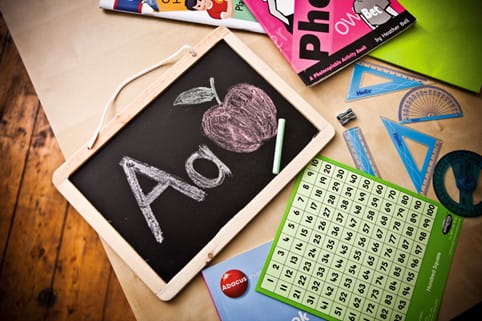
Advantages of Collaborative Learning:
Enhanced Engagement: As social beings, children love to interact and be playful. Adopting and balancing fun activities with the learning process will surely help in keeping them engaged and motivated. Make use of educational paraphernalia, games, worksheets, etc. and allow kids to use different senses. This will help them learn more easily and in fun way.
Diverse Perspectives: Collaborative learning allows children to get exposed to different views and perspectives, which eventually elevates their understanding of the subjects and broadens their horizons.
Boosted Confidence: Allowing children to contribute freely to group discussions and successfully collaborate on projects help increase their self-esteem and boost their confidence. It also makes them feel more involved and appreciated.
Preparation for Real World: Getting the children used to collaborative learning in their early stage is an effective way to prepare them in the real world where teamwork and collaboration are considered as highly valued skills.
Fun and Enjoyment: Let’s face it, not all children love the idea of learning or studying, especially if they are kept immobile for a long time, listening, reading, or simply watching e-learning materials. However, adopting methods that are enjoyable for them helps them to be motivated and inspired to learn. Collaborative learning introduces elements of fun into education that helps learning appealing to children.
While it may seem like a tedious task to incorporate entertainment in the process, there are different tools that can support this type of learning and can easily help you out. Flash cards, worksheets, mathematical table, colouring sheets, and much more are readily available in Brother Creative Center – all for free!
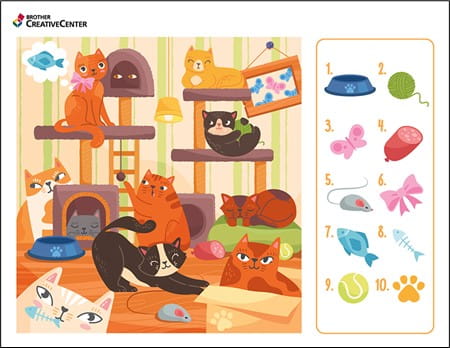
Implementing Collaborative Learning:
Group Projects: This method of teaching allows children to interact with one another, making them feel like they’re playing, but actually working for a common goal. Give each member some tasks to accomplish and allow them to share insights and ideas too.
Peer Teaching: Encourage students to learn a specific topic and share or teach it to their peers. This not only reinforces their own understanding but also helps develop their communication skills.
Interactive Discussions: Indeed, allowing children to openly express their thoughts and ask questions during class discussions not only help improve their communication and thinking skills, but also their ability to challenge each other’s ideas in a respectful manner.
Problem-Solving Activities: Start by giving them simple challenges to work on and try to incorporate games to it. You can easily find printable templates here - Free Learning Activities for Games | Creative Center.
Gradually, present real-world problems that require collaborative solutions. This will instil a sense of purpose and practicality in the learning.
Technology Integration: Utilize digital tools and machines that enable collaboration in and out of the classroom and enhance their learning experience.
Nowadays, several tools are readily available in the market to support a fun and collaborative learning experience for students, parents, and educators. Printers, scanners and smart cutting machines are some of those materials that can help make learning fun, creative and easier.
Printers and scanners allow you to present and produce appealing visual materials that are crucial especially for children’s learning, while smart cutting machines like the Brother SDX-1200 will give the kids chance to be creative and create different projects on their own, with ease.
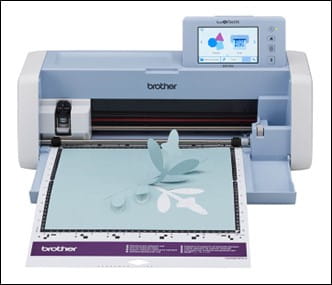
Collaborative learning is a dynamic approach that transforms education into a shared journey of discovery. By understanding this method of teaching and its impact to children’s learning, educators and parents can tap into children’s natural curiosity which will foster a love for learning that extends beyond the classroom.
In the coming new school year, we hope this article helps you, whether, you are an educator, parent, or guardian, in equipping the children with the skills they need to thrive in an innovative world and in a learning environment where creativity, critical thinking and motivation are present.
Brother International Gulf FZE offers a wide range of multifunction printers, scanners, sewing machines, and label printers. As the central hub, it manages a vast network of authorized distributors across the Middle East, Levant, and substantial parts of Africa, including North Africa, ensuring accessibility and distribution.




